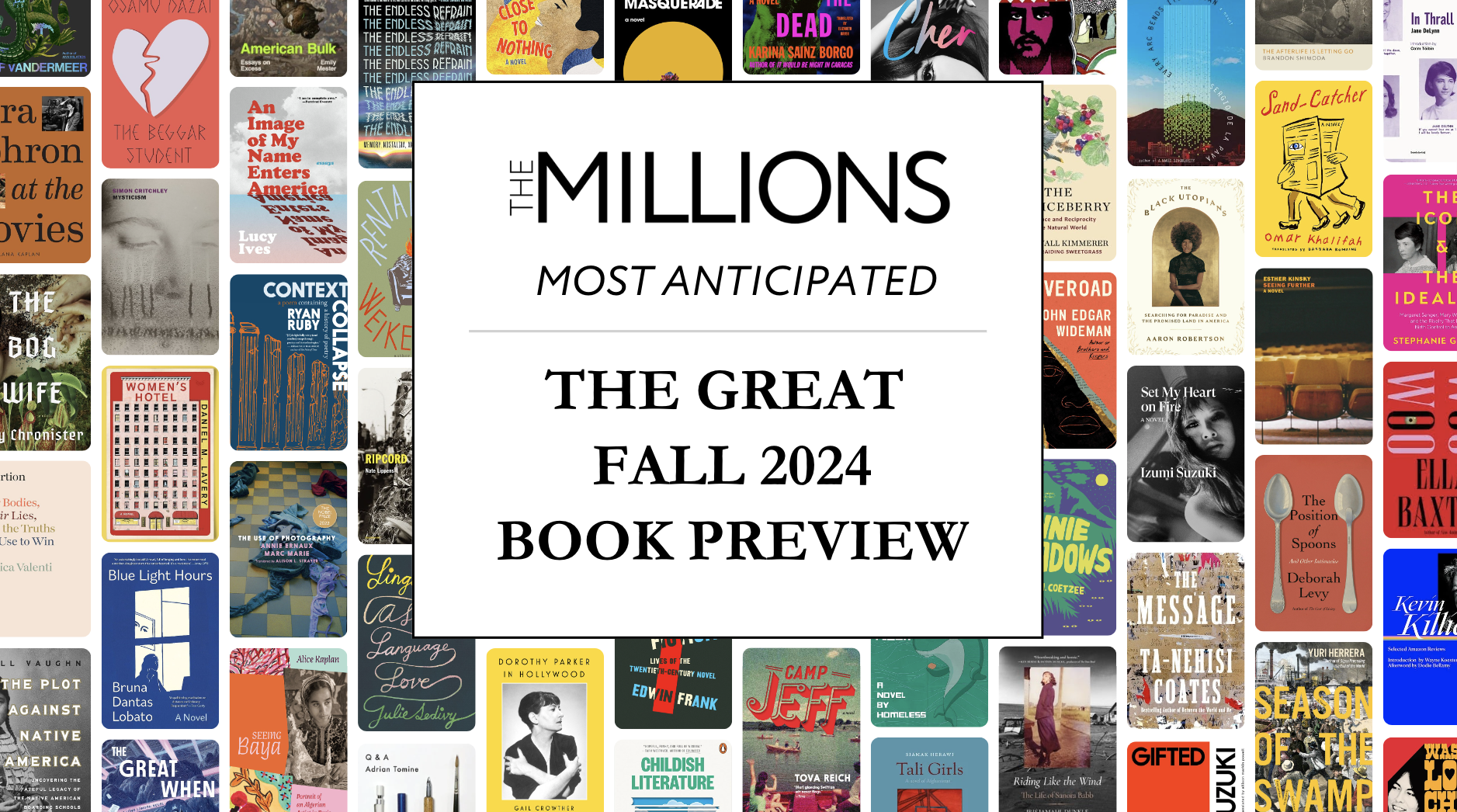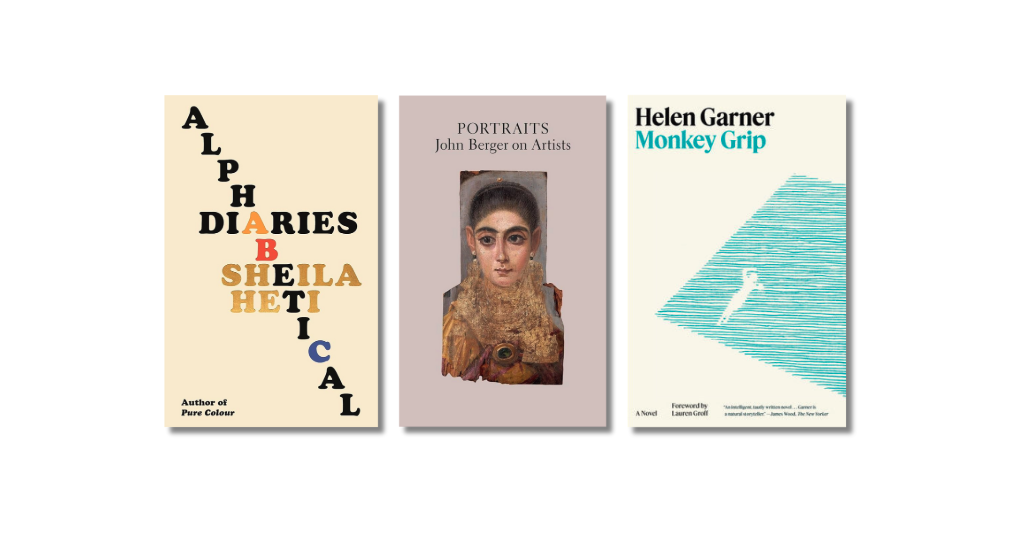With the movie adaptation of The Great Gatsby slotted to come out next summer and Anna Karenina due out in late November, film critic Richard Brody looks back at some of his favorite movies based on literature and proposes what makes an adaptation successful.









